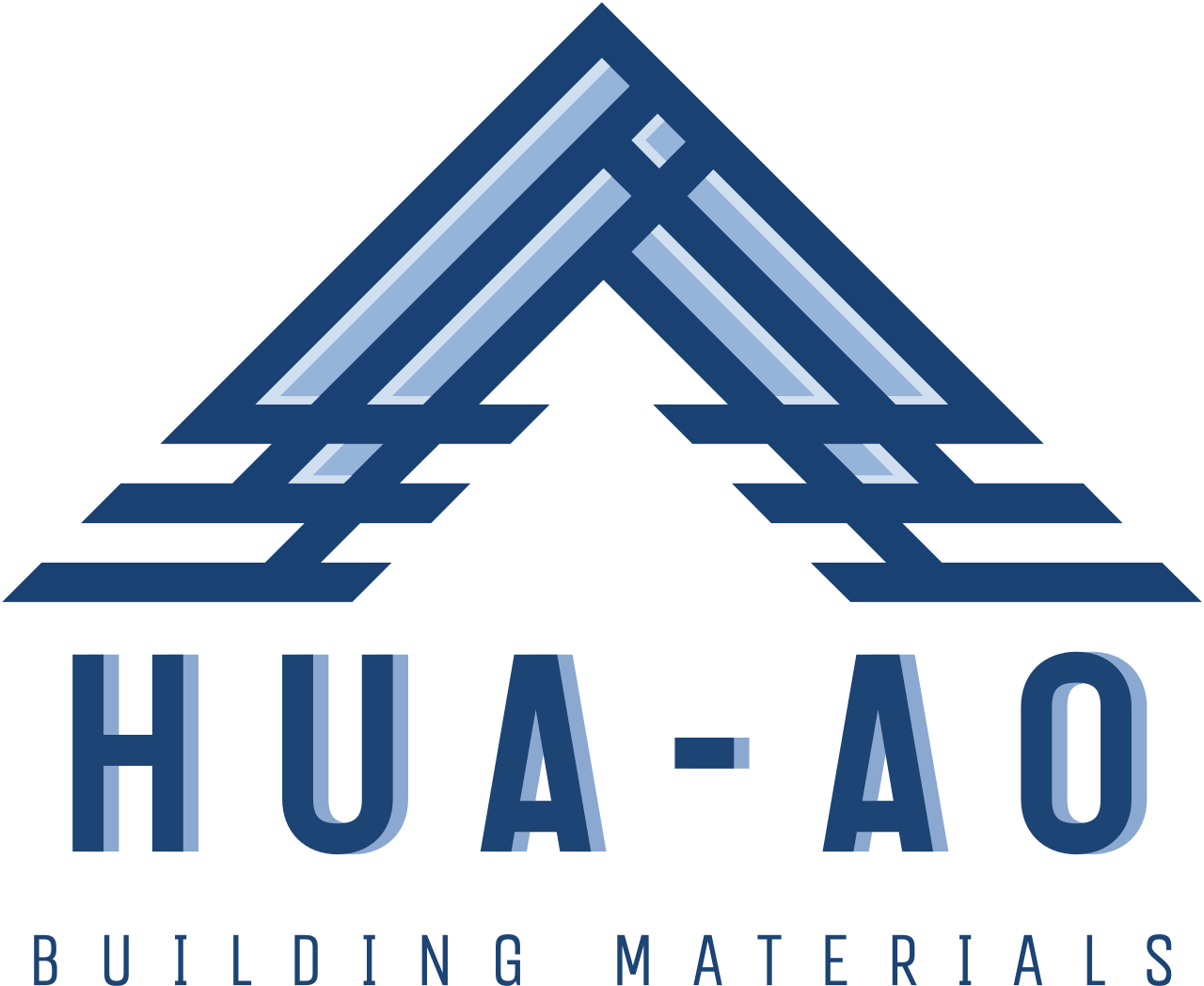
The Corrosion Challenge in Thailand
Thailand’s tropical climate—characterized by high humidity, monsoon rains, and coastal salinity—accelerates the corrosion of traditional materials like steel and concrete. Industrial facilities, bridges, pipelines, and water treatment plants are particularly vulnerable, leading to frequent repairs, safety hazards, and inflated lifecycle costs. According to Thailand’s Ministry of Industry, corrosion-related damage costs the economy billions of baht annually, underscoring the urgent need for innovative solutions.
The Corrosion Crisis in Chemical Plants
Chemical plants in Thailand, especially those in industrial hubs like Rayong and Map Ta Phut, operate in highly corrosive environments. Roofing and cladding materials are constantly exposed to:
Chemical spills and fumes (e.g., sulfuric acid, chlorides, hydrocarbons).
High humidity and salt-laden air from coastal locations.
UV radiation and thermal cycling, causing traditional materials like galvanized steel or concrete to degrade rapidly.
Corroded roofs and walls compromise structural integrity, lead to costly downtime, and pose safety risks such as leaks or chemical exposure. Traditional materials often require frequent replacements, inflating lifecycle costs and disrupting production.
FRP: The Game-Changer for Roofing and Cladding
Fiber Reinforced Polymer (FRP) is a composite material combining a polymer resin matrix (e.g., vinyl ester, epoxy) with reinforcing fibers like glass or carbon. Its unique properties make it ideal for chemical plant applications:
1. Unmatched Chemical Resistance
FRP sheets are inherently resistant to a wide range of acids, alkalis, solvents, and hydrocarbons. Unlike metal roofing, FRP does not react with corrosive substances, eliminating rust and prolonging service life.
2. Lightweight yet Strong
FRP sheets weigh up to 75% less than steel, simplifying installation and reducing structural load on buildings. Despite their lightness, they offer high tensile strength, capable of withstanding heavy winds, impacts, and thermal expansion.
3. Weather and UV Resilience
FRP’s UV-stabilized formulations prevent degradation from sunlight, a critical feature for Thailand’s tropical climate. They also resist water absorption, preventing swelling or delamination during monsoon seasons.
4. Thermal Insulation
FRP provides better thermal insulation than metal, reducing heat transfer into buildings. This lowers cooling costs in facilities where temperature control is vital for chemical processes.
5. Low Maintenance & Longevity
With a lifespan exceeding 30–50 years, FRP roofing and cladding require minimal upkeep. Routine cleaning with water and mild detergents suffices, avoiding the need for costly repainting or patching.
FRP in Action: Applications in Thai Chemical Plants
Roofing Systems
Corrugated FRP Roofing Panels: Widely used for their durability and ease of installation, these panels protect against chemical fumes, acid rain, and UV damage. Their translucent variants also allow natural light, reducing energy costs.
FRP Layered Roofs: Multi-layer FRP systems with fire-retardant additives enhance safety in facilities handling flammable substances.
Cladding Solutions
Wall Siding: FRP sheets line interior and exterior walls, shielding structures from chemical splashes and humidity. Their smooth surface prevents microbial growth, crucial for hygiene in specialty chemical plants.
Pipe and Tank Enclosures: FRP cladding protects pipelines and storage tanks from external corrosion and mechanical damage.
Case Study: FRP Upgrades at a Rayong Petrochemical Complex
A major petrochemical plant in Rayong, Thailand, recently retrofitted its aging steel roofing and cladding with FRP sheets. The facility, which handles chlorine, caustic soda, and hydrocarbons, faced persistent leaks and corrosion-related repairs. Post-installation results included:
50% reduction in annual maintenance costs.
Elimination of roof leaks, preventing chemical contamination risks.
Improved worker safety due to non-slip FRP walkways and fire-resistant panels.
Enhanced energy efficiency from thermal-insulating FRP roofs.
Overcoming Adoption Challenges
While FRP offers clear advantages, its adoption in Thailand’s chemical sector initially faced barriers:
Higher Initial Costs: FRP sheets can cost more upfront than galvanized steel. However, lifecycle cost analyses highlighting reduced maintenance and replacement expenses have swayed decision-makers.
Awareness Gaps: Training programs for engineers and contractors, led by FRP manufacturers and Thailand’s Industrial Estate Authority, have addressed misconceptions about FRP’s applicability.
Customization Needs: FRP sheets are now tailored to meet plant-specific requirements, such as enhanced fire resistance or anti-static properties for explosive environments.
Sustainability Alignment
Thailand’s push toward carbon neutrality by 2050 aligns seamlessly with FRP adoption. The material’s production generates fewer emissions than steel, and its longevity reduces waste from frequent replacements. Additionally, FRP is recyclable, supporting circular economy goals.
The Future of FRP in Thailand’s Industrial Landscape
As Thai chemical plants modernize, FRP is becoming a cornerstone of corrosion management strategies. Innovations such as:
Smart FRP Panels embedded with sensors to monitor structural health.
Hybrid Composites combining FRP with nanomaterials for enhanced performance.
Prefabricated FRP Kits for faster retrofitting of aging plants.
Conclusion
For Thailand’s chemical industry, FRP anti-corrosion sheets are more than a material upgrade—they represent a paradigm shift in infrastructure resilience. By investing in FRP roofing and cladding, chemical plants are slashing costs, boosting safety, and future-proofing operations against Thailand’s corrosive climate. As global industries pivot toward sustainable materials, Thailand’s embrace of FRP positions it as a regional leader in innovative, eco-conscious industrial design.
Keywords: FRP roofing, chemical plant Thailand, anti-corrosion cladding, FRP composites, sustainable industrial materials












